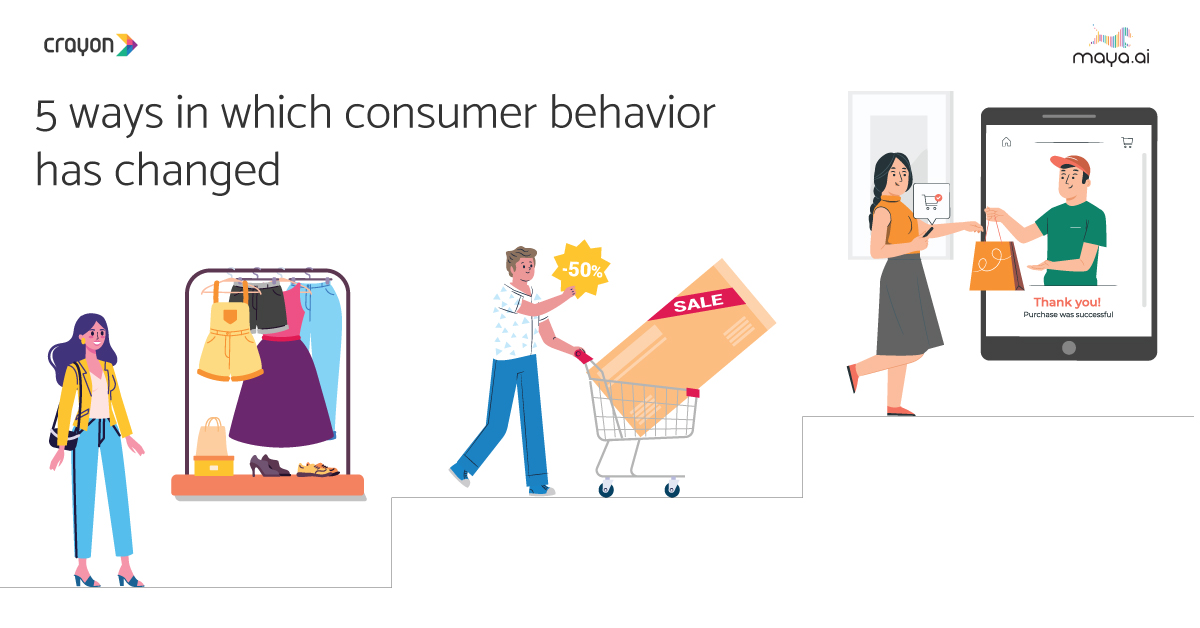By this point, most of us have at least a basic understanding of the risks of cybercrime. You may have heard of the significant breaches at major retailers like Target or Chipotle, and you know that identity theft is a crime that happens all too often. However, since you are aware that these dangers exist, are you doing enough to prevent them?
The fact is that we are now in a digital world where we store all of our files and memories online, and a good number of homes even have smart apps that can turn on the television or answer the front door. These are all incredible advancements. However, when a device is connected to the internet, there is always the chance of cybercrime. Let’s look at some of the ways that businesses and homeowners can avoid becoming the next victim.
Security for Small Businesses
As a small business, proper security should be your top priority as cyber threats are a constant menace. Statistics show that 50% of retail businesses were victims of attacks in 2018. Hackers like to target small businesses in particular because they know that new entrepreneurs may not be aware of the threats, and if they are, they don’t always have the systems in place to deter a breach. When you consider that a data breach could result in millions of dollars in damages, then prevention becomes that much more urgent.
There are many types of cyberattacks that can threaten your business, so start with the basics. You and all of your employees should have complicated computer passwords that include letters, numbers, and special characters, and the passwords should be updated monthly. On top of that, employers should have firewalls and antivirus software in place to thwart any possible attacks. This is especially important if you store your information in the cloud. Antivirus software should be updated whenever there is a new version available because the new software adapts to new threats.
Employers should train employees to be aware of all potential threats, so they do not fall into common traps. For instance, we live in a world where many employees use cell phones and laptops outside of the office. If used in public places, employees should be very cautious because hackers often employ Man-in-the-Middle attacks where they create fake Wi-Fi networks that look real, but when connected, the hacker gains access to all of that mobile data. In general, mobile devices should always have a password system and must be updated regularly to avoid newfound threats.
Common Cybercrime Tricks
There are many attacks that hackers continue to use year after year because they have proven to be successful, so it is up to everyone who uses a digital device to be aware, so they can stop the trend or avoid becoming a victim. Users should be extra wary of social engineering attacks, which involve a hacker attempting to steal information by playing with a victim’s emotions. For instance, the tactic of ‘baiting’ involves attempting to lure a victim in with software that appears beneficial like fake antivirus software that just happens to pop up on their screen. Thinking their computer may be in danger, the individual clicks on the link, and a virus is uploaded into their computer.
Another of the most common social engineering attacks is the phishing email. This is a communication that many have seen before and involves an email that looks legitimate, but it is actually an attempt by a hacker to imitate an authority like a bank or employer in order for the victim to feel the need to act. Such emails will include a link or attachment that, when clicked or opened, will create a virtual door into your system where the hacker can steal your information or install ransomware, which prevents the user from being able to use the computer until a monetary ransom is paid.
It is essential that everyone is aware of the dangers of phishing emails because it is a nefarious tactic that is not losing steam. Typical signs include:
- An email from a business but has a non-business email address like those from Gmail, Yahoo, etc.
- Several misspelled words and grammatical errors in the subject or text.
- A request to send information that you were not expecting.
- A general greeting such as “Dear User” or “To Whom It May Concern.”
Threats like these are why it is equally important for home users also to have up-to-date antivirus software installed with scans performed on a weekly basis.
Secure Your Devices at Home
The rise of IoT (Internet of Things) devices such as voice-activated speakers, doorbell cameras, and smart locks have created an atmosphere where we can always be in control of our home and possessions with the push of a button. However, if a device is connected to the internet, it is susceptible to cyberattacks. Threats to smart devices have increased as of late, with many hackers gaining access simply by guessing the device’s password. If your smart system is attached to your computer or phone, then hackers can steal your information. If you use smart locks, then hackers could also infiltrate the system to unlock the doors.
So how can you protect your smart devices from cybercrime? You can start by registering your device with the manufacturer so they can inform you when updated firmware is released. New software versions will not only make your device more efficient but will also seal any potential vulnerabilities. Additionally, while it may be more convenient to always have your devices powered on, turning them off when not in use can limit the chances of an attack, and a restart can actually rid your system of any existing malware or virus.
The idea is to limit access to the bad guys. You should have a difficult-to-guess Wi-Fi password that includes upper and lowercase letters. If you must use your phone to control your home when out in public, be aware of those Man-in-the-Middle attacks. Those who are most serious about securing their devices should use two-factor authentication, which means entering a one-time code that is sent to your cell phone in addition to entering your password. When it comes to protecting your home, cybersecurity is key.
As you can see, there are many threats in the world when it comes to our devices at work and at home. It can seem a bit overwhelming, but if you employ the strategies listed here, then you will stay one step ahead of the criminals.

























